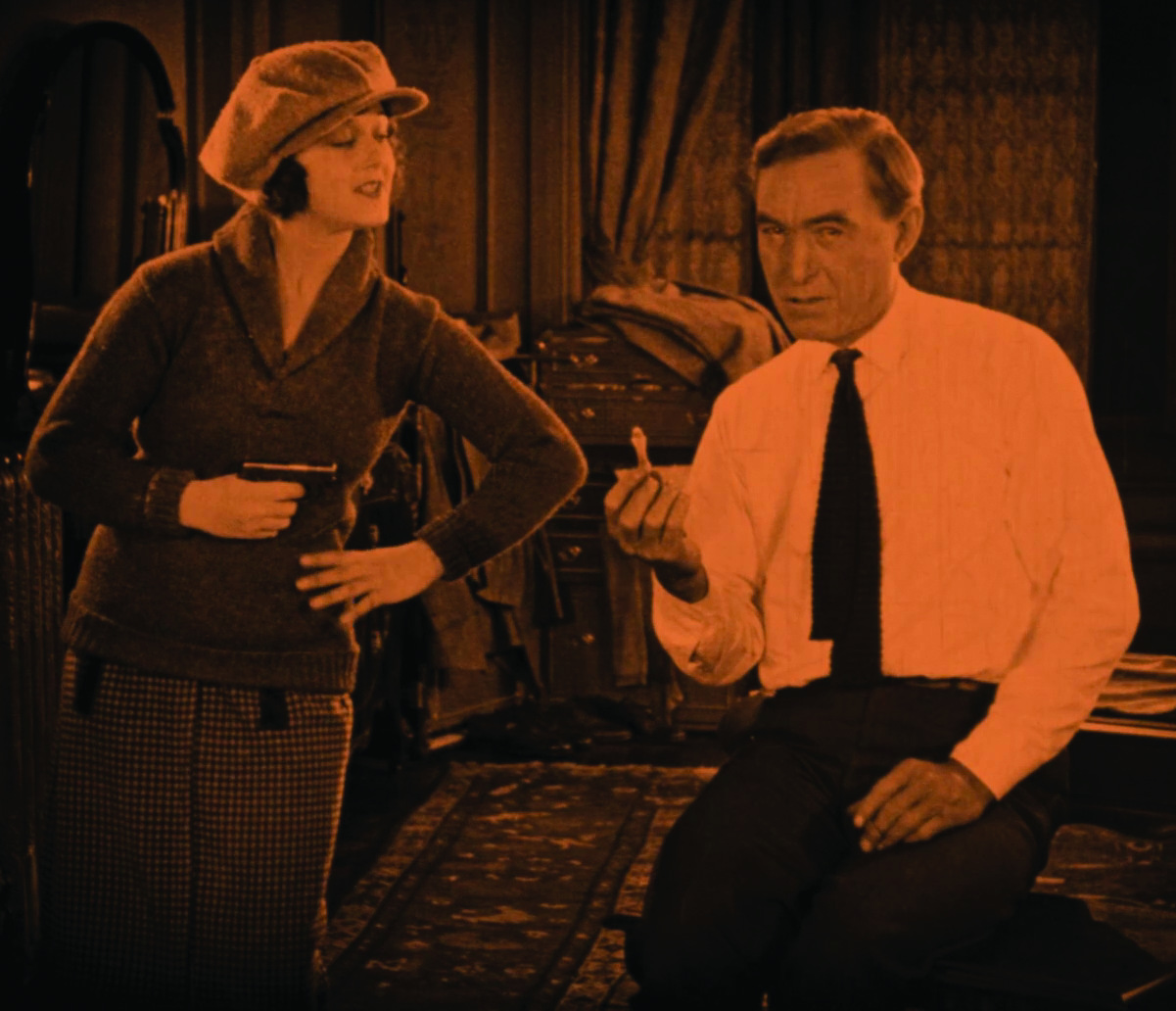Now Online: Harry Carey, Christopher Walken, and Code Blue
 |
|
Christopher Walken knows many secrets as The Boy Who Saw Through (1958).
|
The National Film Preservation Foundation wishes you a festive holiday season! Should you wish to celebrate with some eclectic home viewing, take a look at three additions to our Online Screening Room: the urban western Soft Shoes (1925), starring Harry Carey; The Boy Who Saw Through (1958), produced by the legendary animator Mary Ellen Bute and starring a 14-year-old Christopher Walken; and Code Blue (1972), an inspiring recruitment film for minorities in the medical profession, produced by Blackside Inc., the company behind Eyes on the Prize. Taken as a set, these titles testify to the variety of films preserved through our grant program.
Recently rediscovered at the Czech National Film Archive, Soft Shoes is a charming short feature starring Harry Carey as a small-town sheriff who visits San Francisco and tangles with an alluring cat burglar (Lillian Rich) and a gangster boss played by Francis Ford. The film was preserved through an NFPF grant to the San Francisco Silent Film Festival, which screened Soft Shoes on May 31, 2018. It was accompanied by the music of Donald Sosin, who has returned to score our online presentation.
 |
|
Cat burglar Lillian Rich sticks up sheriff Harry Carey in his own hotel room, in Soft Shoes (1925).
|
The Boy Who Saw Through (1958) was the first live-action production from Mary Ellen Bute, the pioneering experimental animator of works such as Polka Graph (1947) and Color Rhapsodie (1948), and precedes her feature film Passages from Finnegan’s Wake (1965). Directed by documentarian George Stoney, The Boy Who Saw Through is a comedic short, set in the Victorian era, about the pitfalls of being able to see through walls and know what people are really doing. The titular boy is played a young actor who had a busy TV career behind him and was just starting out in film: “Ronnie” Walken. The film was preserved by the Yale Film Study Center, with funding from an NFPF grant.
Code Blue (1972), intended to address the under-representation of minorities in the medical professions, was screened for 20 years in hundreds of high schools and medical training courses. It was “the first real film” produced by Blackside, Inc., the production company that went on to make the seminal civil rights documentary Eyes on the Prize (1987; 1990). Directed by documentarian Romas Slezas, Code Blue mixes recruitment speeches from Dr. Therman E. Evans, interviews with a diverse array of students, and cinéma veritié footage of a Harlem emergency room and the live birth of an African American baby at the hands of African American doctors. Washington University in St. Louis preserved the film with NFPF grant funding.
